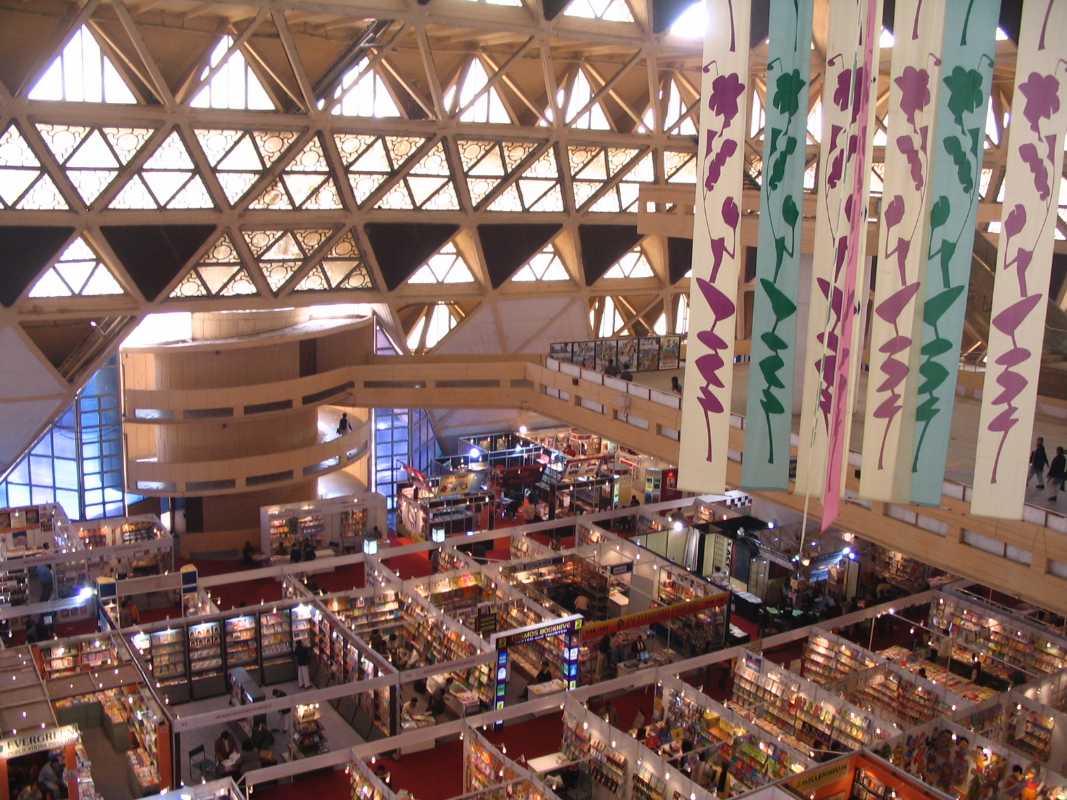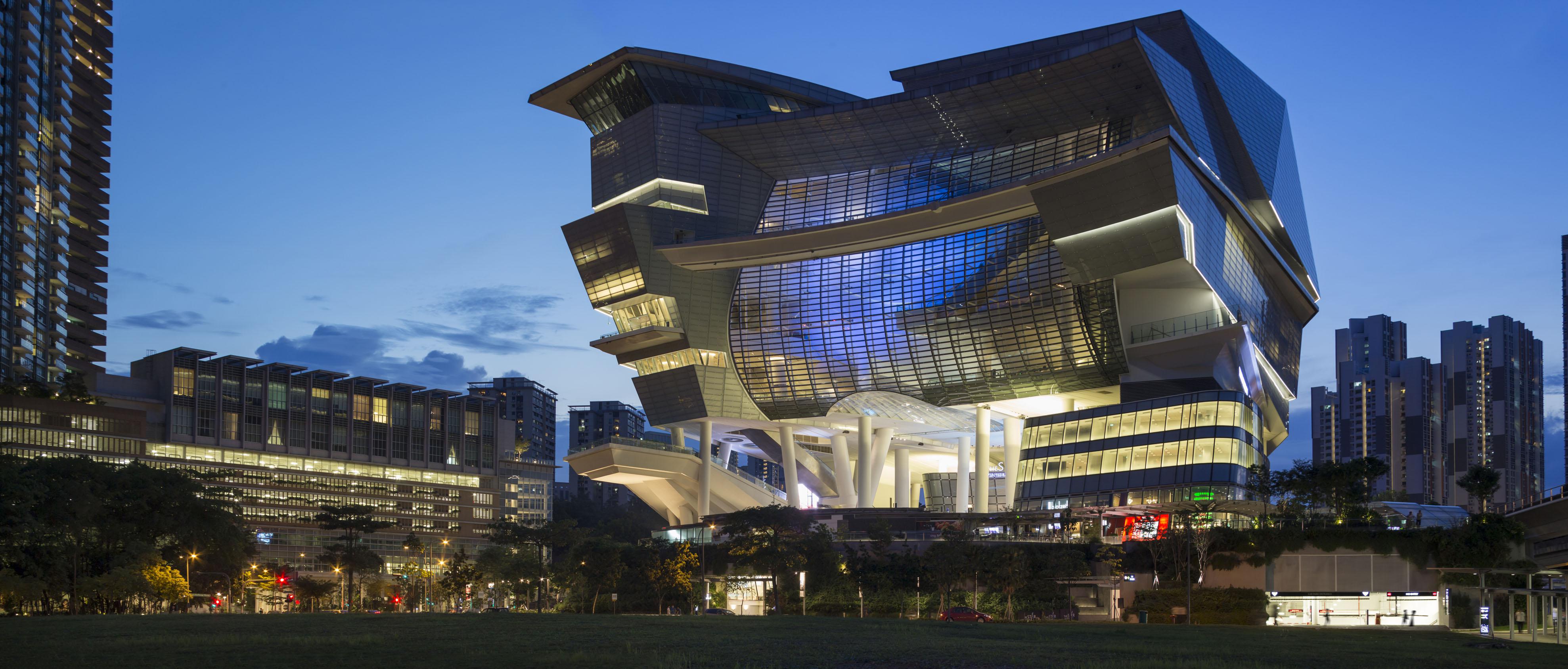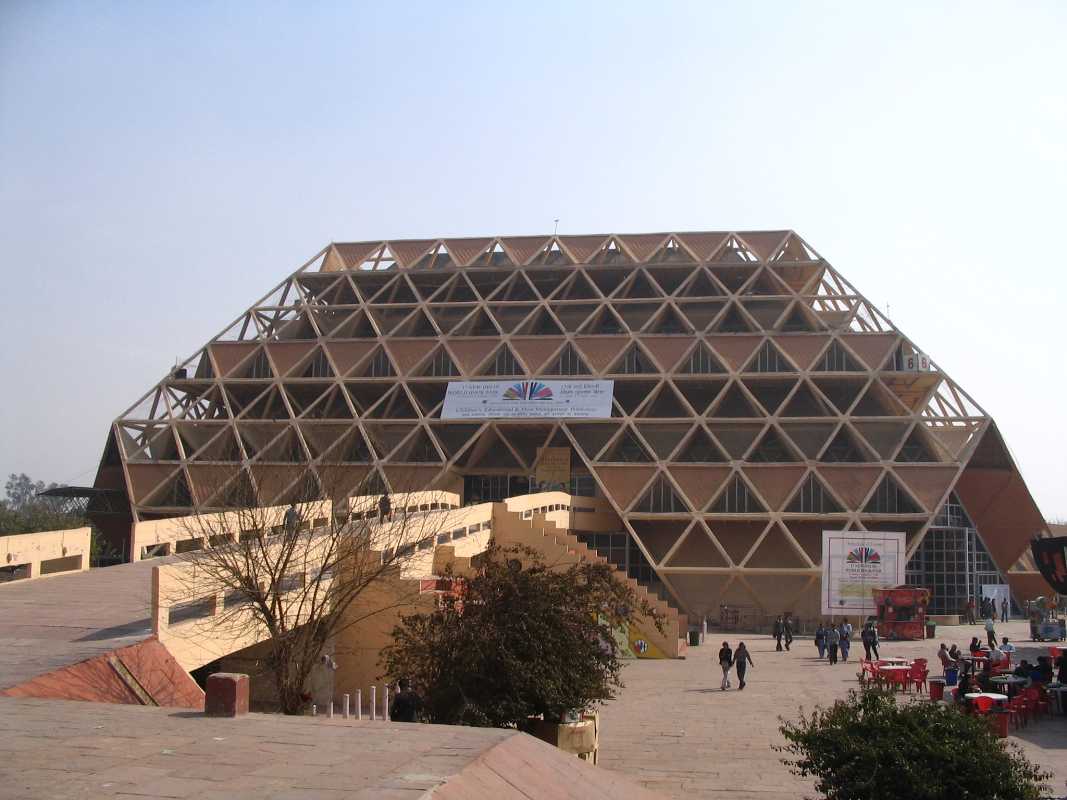The Indian government has given the go-ahead to the makeover of the iconic Pragati Maidan into a world-class exhibition-cum-convention centre designed by Singapore-based architecture firm Aedes along with Indian firm ARCOP and Government infrastructure developer NBCC.
Releasing the layout of the state-of-the-art Integrated Exhibition-cum-Convention Centre (IECC) at a joint press conference here, the Chairman and Managing Director of India Trade Promotion Organisation (ITPO) L C Goyal said the sophisticated project will be implemented at a cost of SGD 539.6 million (INR 2,500 crore).
The project envisages comprehensive solutions to decongest traffic in and around Pragati Maidan. Once redeveloped, IECC will be a landmark spot in Delhi and a symbol of Prime Minister Narendra Modi's vision of the new India, Goyal said.
The Singaporean firm’s intention to carve out key business centre is aligned with Indian government's declared intentions to harness the expertise of Singapore in constructing smart cities across the country. Currently, Singapore is helping build Amaravati as the smart capital of Andhra Pradesh, which is set to lose Hyderabad to the state of Telangana after bifurcation of the state.
This is the first major known foray of Aedes Pte Ltd Singapore in India, which has several featured projects to showcase, especially in Dubai and China. In UAE it has designed Boulevard Plaza, DAMAC Heights, Dubai Metro, Ubora Towers, and Ocean Heights. In Singapore, it has designed MRT Marina Bay Station and Star Performing Arts Centre.
The IECC will be developed with latest architectural design along with basement parking facility of 4,800 vehicles and comprehensive traffic de-congestion interventions. The Convention Centre will be 32.4 metres tall landmark building on par with the best in the world. This structure will be on an elevated podium with unique sloping facade incorporating the rich architectural heritage of Delhi.
The Centre will have a capacity of 7,000 pax in single format – Plenary Hall with fixed sitting of 3,000 pax and Multi-Function Hall of 4,000 pax – and amphitheatre with 3,000 pax. There will be altogether 30 meeting rooms of different sizes and capacity and the complete structure of the Centre will be built with a mix of red stone and Dholpur white stone and GFRC. The implementation of the whole project shall also have the provision for monetisation of land for a 500-Key Hotel.
The exhibition segment of the Centre shall comprise seven new Exhibition Halls along with each having integrated F&B facility. There will also be exhibition open area of 15 acres with four amphitheatres, with two colourful fountain areas. The complex will also have covered walkways, canopies and skywalk connectivity with Pragati Maidan Metro Station.
The basement parking will have entry and exit points for smooth traffic flow. The provision of traffic interventions will take care of traffic de-congestion which shall be vital for better access to IECC and the benefit of general public.
Experts believe that India is all set to become the most-populated country in the world by 2030, making it home to the biggest and the most under-penetrated market for global manufacturers and service providers. Unlike its preceding generations, this growing population is also shifting to top tier cities of the country giving rise to new megacities estimated to generate 80 per cent of economic growth, with potential to apply modern technologies and infrastructure, promoting better use of scarce resources.
As per estimates, about 25 to 30 people will migrate every minute to major Indian cities from rural areas in search of better livelihood and better lifestyles. With this momentum, about 843 million people are expected to live in urban areas by 2050. To accommodate this massive urbanisation, India needs to find smarter ways to manage complexities, reduce expenses, increase efficiency and improve the quality of life.
India is also expected to emerge as the world’s third largest construction market by 2020, and aims to add 11.5 million homes every year. The intelligent building management systems market is around USD621 million and is expected to reach USD1.9 billion.





